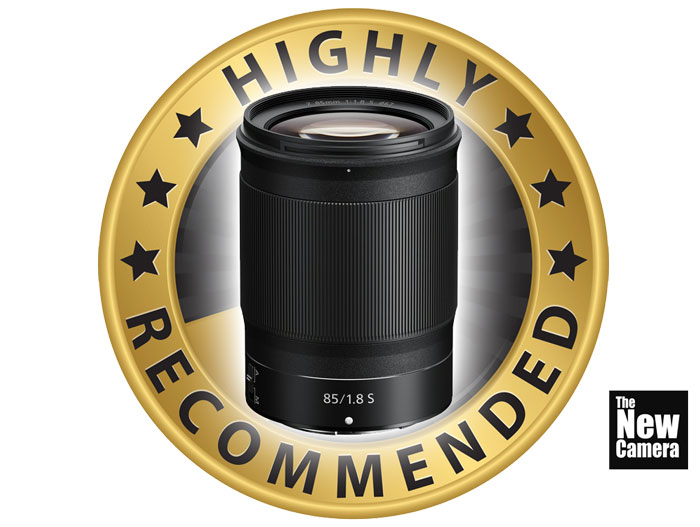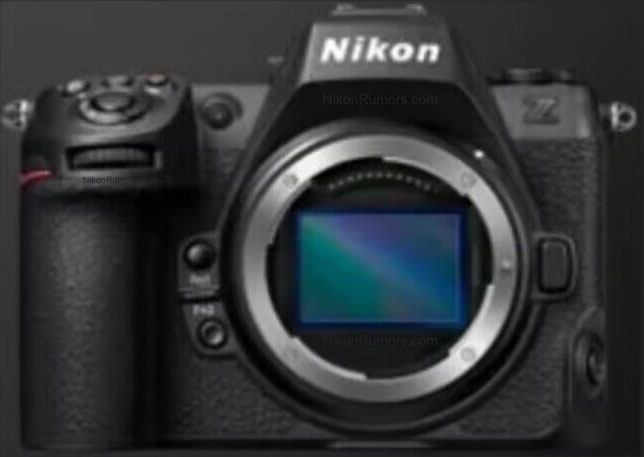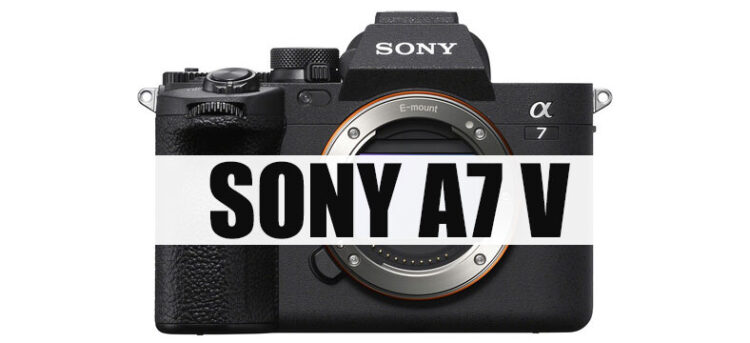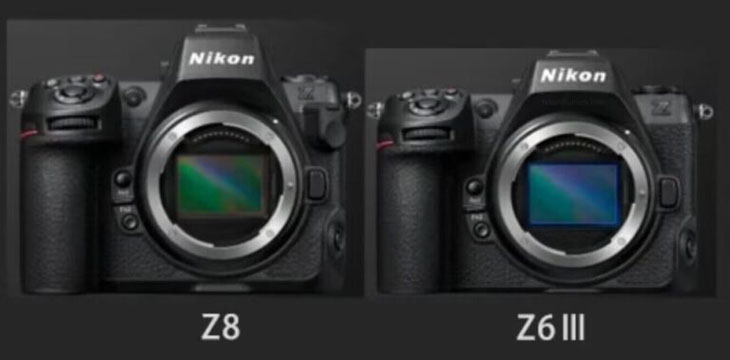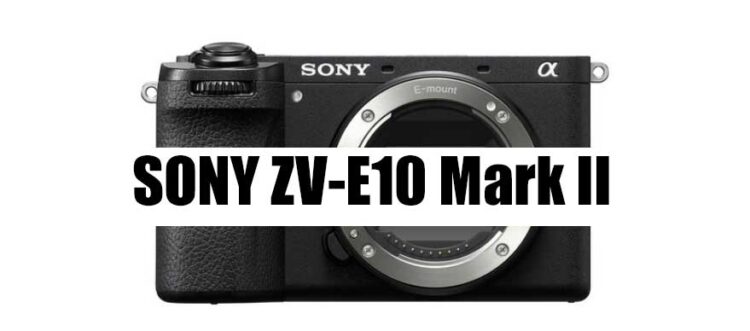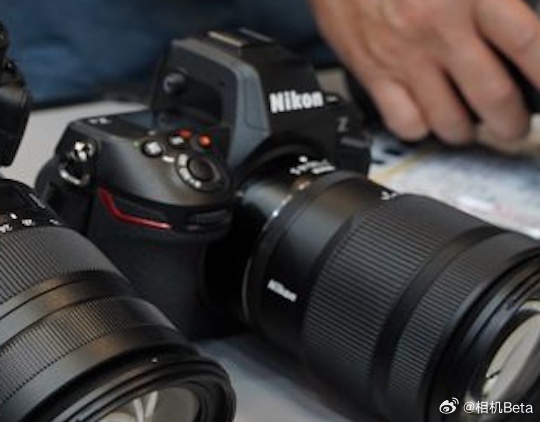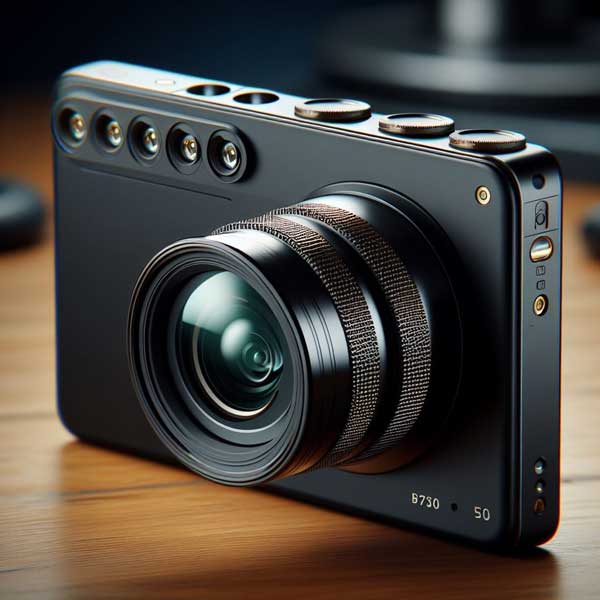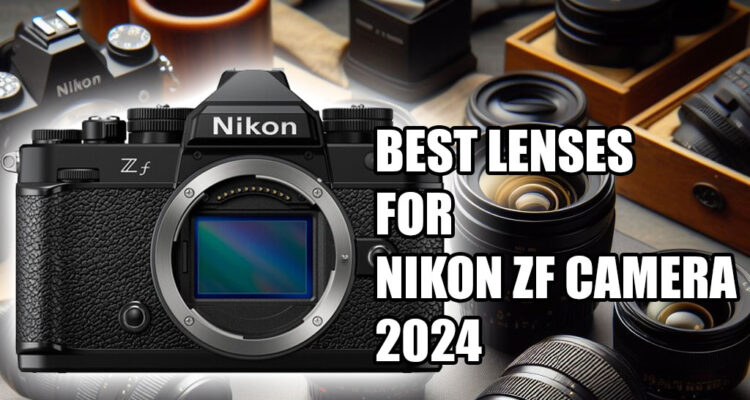
It can be very challenging to choose the perfect lens for your Nikon Zf camera. There are several lenses available as options. At the same time, Nikon has also opened their lens mount for third-party lens makers. Now, we also have lenses from Tamron and Sigma, as well as Viltrox. So, you have to select your lenses based on your requirements and the budget range you have.
Whether you are involved in wedding photography or cinematography, or you want to shoot fashion portraits or editorials, or you are a sports photographer wanting a perfect lens for wildlife photography, we have selected some of the best lenses for the Nikon Z F camera
What are the Best lenses for Nikon Zf in 2024?
| 1. Best All-Rounder Lens (Wedding | Travel | Video) | Nikon Z 24-70mm F2.8 |
| 2. The budget alternative of 24-70 F2.8 | Tamron 28-75mm F2.8 |
| 3. Best Lens for Fashion Portraits & Sports | Nikon Z 70-200 F2.8 |
| 4. The Budget Alternative 70-200 F2.8 | Tamron 70-180mm F2.8 |
| 5. Best Ultra-Wide Zoom Lens | Nikon Z 14-24mm F2.8 |
| 6. The Budget Alternative of 14-24mm | Tamron 17-28mm F2.8 |
| 7. Best Nikon Zoom Lens Under Budget | Nikon 24-120mm F4S |
| 8. Best lens for Sports and Wildlife Photography | Sigma 180-600mm OIS |
| 9. Budget Alternative to Sigma 180-600mm | Tamron 150-500mm OIS |
| 10 Best PRO Portrait Prime Lens | Nikon Z 85mm F1.8 |
| 11. The Budget Alternative to 85mm F1.8 | Viltrox 58mm F1.8 |
Best lenses for Nikon Zf Camera start now, I have selected some of the best lenses for the Nikon Z8 camera for wedding photography, cinematography, Best lenses for wildlife and sports as well as Nikon Zf best lenses for shooting content.
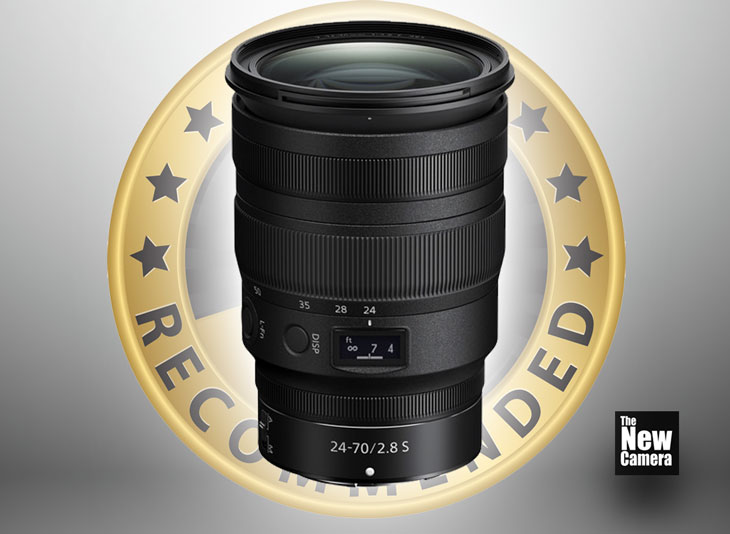
Get Nikon Z 24-70mm F2.8 Lens from Amaznon.com | B&H Store
1. Nikon 24-70 mm F2.8
Nikon 24-70 mm F2.8 – The best allrounder lens for the Nikon ZF camera is the Nikon 24-70mm f/2.8 S. The first recommendation is the Nikon 24-70mm f/2.8 S. This lens features a constant f/2.8 aperture throughout the zoom range and delivers amazingly sharp output throughout the focal range with creamy bokeh, one of the most sharp and versatile lenses present to date, this lens will cover your 99% requirements.
If you are a wedding photographer and cinematographer, or a travel shooter, street and fashion portrait photographer, this versatile lens is highly recommended, once you have this lens on your camera you won’t need any other lens. The biggest reason for recommending this lens is that you can shoot almost anything with it, from wide-angle landscapes to longer focal-length portraits. This is one of the most versatile and sharpest lenses Nikon has ever made for full-frame cameras.
Nikon 24-70mm F2.8 user Review
Build Quality (5/5): The moment you pick up the NIKKOR Z 24-70mm f/2.8 S, you can feel the build quality and attention to detail. It’s robust, weather-sealed, and exudes a sense of durability. The lens mount is solid, and it pairs perfectly with Z series cameras.
Image Quality (5/5): This lens produces incredibly sharp and detailed images throughout the zoom range. The f/2.8 aperture is perfect for low-light situations, and the nine-blade aperture diaphragm creates beautiful, creamy bokeh. It’s versatile, whether you’re shooting landscapes, portraits, or events.
Autofocus (4.5/5): The autofocus system is lightning fast and remarkably accurate. It’s perfect for capturing fast-moving subjects or achieving precise focus in challenging conditions. The stepper motor ensures quiet and smooth focus transitions, making it an ideal choice for videographers as well.
Versatility (5/5): The 24-70mm focal length range is incredibly versatile and covers most photography situations. It’s a lens you can trust whether you’re shooting wide-angle landscapes, tight portraits, or anything in between. The lens is also relatively compact and lightweight, which makes it perfect for all-day shooting.
Handling (5/5): The ergonomic design of this lens is a joy to work with. The customizable control ring is a great addition, allowing you to adjust settings like aperture, ISO, or exposure compensation quickly. The zoom and focus rings are smooth, and the overall balance feels perfect in your hand.
Price (4/5): While this lens is an investment, its quality and performance justify the cost. It’s worth noting that you get what you pay for, and the NIKKOR Z 24-70mm f/2.8 S is a premium piece of glass that will serve you well for years to come.
Chromatic aberration is also very well-controlled. We didn’t find it to be an issue, and frankly such purple and green fringing in front of, and behind, the focus plane wasn’t an issue. The autofocus performance is also top-notch. The lens uses 2 AF drive units synchronized to deliver speedy and accurate AF results – even when you are using your camera at 120 frames per second or when you are using it at 20 frames per second. This lens is bound to give perfect results when paired with Z9 or Zf.
Conclusion – Highly Recommended if budget allows
| What we like | What we don’t |
|
|
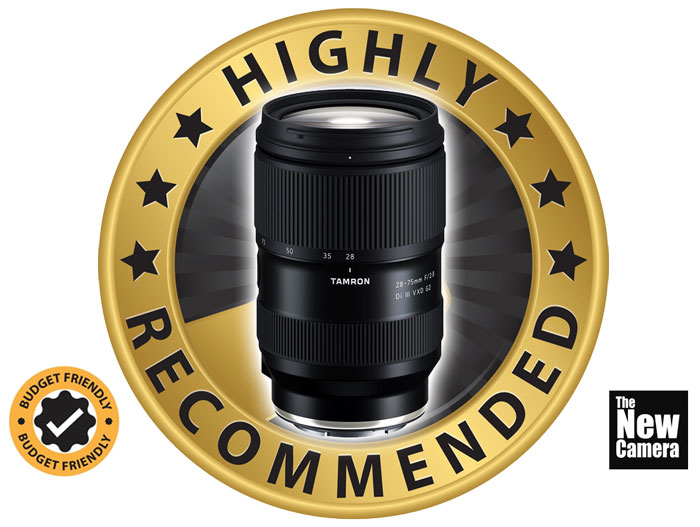
get the Nikon 28-75mm F2.8 lens from Amazon.com | B&H Store
2. Tamron 28-75mm F2.8 (Budget Alternative)
The Tamron 28-75mm F2.8 lens is one of the best budget alternatives to the more expensive 24-70mm F2.8 lens. Users of the Tamron 28-75mm F2.8 appreciate its balanced features, including a constant F2.8 aperture throughout the zoom range. The optical performance of this lens is also excellent. It is designed for Nikon cameras to extract the maximum possible quality from a given scene
What users say
This is a great lens. Great for photos. Im use mine with my new Z8. What a great pair. Super light and f2/8. Will be using it in the fall for basketball.
The lens features a hybrid stepping drive autofocus motor, making it perfectly suitable for both still and video photography. The best part of this lens is its internal focus design, which allows you to capture your subjects even in adverse weather conditions, thanks to its advanced weather sealing.
If you are a wedding photographer or cinematographer and are unable to afford the Nikon 24-70mm F2.8 lens due to budget constraints, then the next lens you should consider is the Tamron 28-75mm F2.8. This lens is an excellent value for your money and is highly recommended for wedding, travel, fashion, and portrait photography.
Conclusion: Highly recommended
| What we like | What we don’t |
|
|
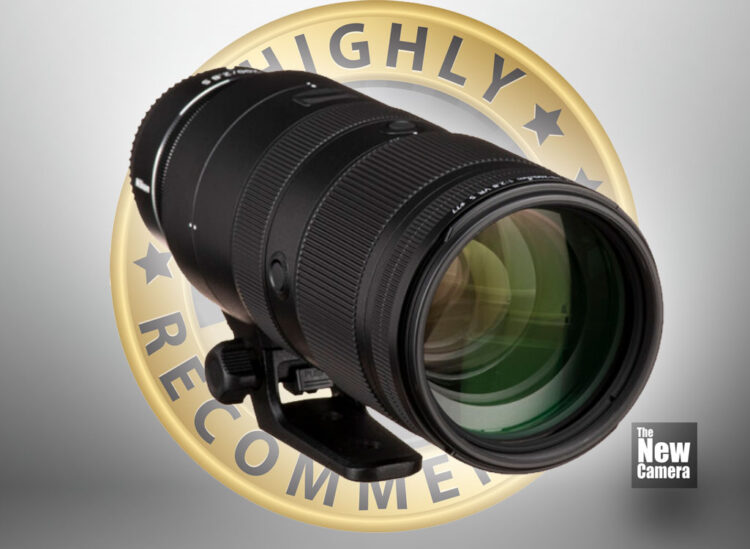
Get this Lens 70-200mm F2.8 lens from Amazon.com | B&H Store
3. Nikon 70-200mm F2.8
The Nikon 70-200mm f2.8s lens produces incredibly sharp pictures and extracts the maximum amount of detail in your images. It is one of the best lenses to pair up with your Nikon Zf camera. Practically no color fringing or chromatic aberration is visible in this lens. The lens is distortion-free and lens vignetting is also very minimal and can be easily corrected in post-processing.
Should you buy this lens?
If you are a wedding photographer who wants to capture life-size portraits of your clients in a cinematic style, or if you want to capture distant candid images in a unique fashion, then this lens could be a good choice for you. Additionally, if you are into sports and wildlife photography, this lens is a must-have in your arsenal. However, the final decision should be based on your specific needs and budget. It’s always a good idea to research and compare different lenses before making a purchase.
The build quality of this lens is superb and made up of a metal body covered with rubberized material. It is extensively weather-sealed and able to deliver quality equal to its price tag. The LCD screen of the lens is not that much usable since we don’t have the habit of looking at the lens LCD. Maybe that’s one of the reasons I find the display not that much usable for me. Overall, the lens is worth every penny.
Finally, let’s talk about autofocusing performance. When paired up with a Nikon Z8 or Nikon Z9 camera which uses deep learning algorithms, the lens’s autofocusing system will improve with time. At the same time, the Z8 is capable of doing 120 AF calculations per second and supports burst speed up to 120 frames, and your lens is fully capable of synchronizing the AF performance even when shooting at max burst speed.
What our users say
As expected, this is a superb performing, ultra-sharp lens. It is built to professional standards, with a solid feel internal zoom, and smooth rotating tripod collar. The only reason I will cut a few marks is somewhat hefty weight. It is almost as heavy (within a few ounces) as the F-mount SLR equivalent, which would be another reason to consider the lighter 70-180. Sony and Canon both made their mirrorless 70-200 f2.8 lenses significantly lighter than the SLR equivalents, so why can’t Nikon do the same?
The image stabilization of this lens is highly reliable and you can shoot amazing pics handheld without any noticeable blur even at very slow shutter speeds when shooting at 200mm.
Although the price of this lens is approximately $2600, the worst thing about this lens since it costs even more than the Nikon Zf camera.
Conclusion
| What we like | What we don’t |
|
|
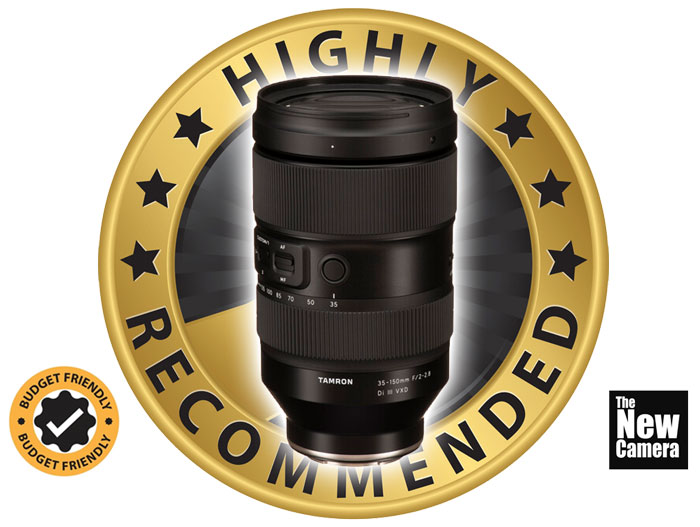
Get Tamron 70-180mm F2.8 lens from Amazon.com | B&H Store
4. Tamron 70-180mm F2.8 VXD (Budget Alternative)
Let’s discuss the best budget alternative to the 70-200mm F2.8 VR lens. The Tamron 70-180mm F2.8 VXD lens is a great option. If your budget allows, then without a doubt, you should buy the Nikon 70-200mm F2.8 lens. However, if your budget doesn’t permit and you wish to have output similar to the 70-200mm lens, then you should consider buying the Tamron 70-180mm F2.8 lens. It’s always important to choose a lens that fits your specific needs and budget.
What professionals say about this lens
Added this for events rather than 70-200 when shooting all day. Excellent results. I wanted to trim my kit in weight so this was a no-brainer. The tiny differences in IQ are not noticeable unless you’re a pixel peeper at 200%. The fact that it doesn’t float my image after each shot is a HUGE bonus.
Conclusion
| What we like | What we don’t |
|
|
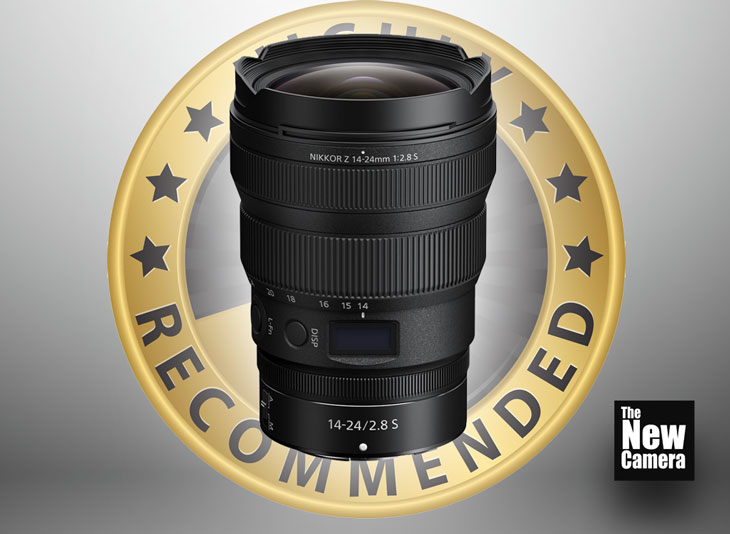
Get Nikon 14-24mm F2.8 Lens from Amazon.com | B&H Store
5. Nikon 14-24mm F2.8 – Best Ultra Wide Zoom
The 14 to 24 mm f/2.8 lens is the best lens for landscape and architecture photography, as well as for advanced cinematographers and content creators.
Usage of the Lens ?: If you are a pro content creator and mostly you create daily lifestyle vlogs then for sure this one is a must-have lens for you, the other most applicable regions for this lens are indoor/outdoor architecture photography and corporate videos. This lens is also very usable for landscape shooters.
The 14 to 24 mm lens in Nikon is a part of a holy trinity lens which includes the 24 to 70 mm f/2.8 and the 70 to 200 mm f/2.8. This lens is the sharpest wide-angle zoom lens at this focal length in Nikon’s lineup, The image quality of this lens is super impressive even at 14 mm wide, and covers approximately 115 degrees of view.
So if your budget allows and you want to have an ultra-wide zoom lens, then you should go with this. The only issue that I have faced with this lens is finding its proper filters since it has a very large thread of 112 mm.
Conclusion
| What we like | What we don’t |
|
|

Get Tamron 17-28mm F2.8 lens from Amazon.com | B&H Store
6. Tamron 17-28mm F2.8 (Budget alternative)
Now, if you have a limited budget, then do not buy the 14-30mm F4 lens. The best alternative to that is the Tamron 70-28mm F2.8 lens. For Daily Life Vloggers/content creators, it’s highly recommended that they should buy this lens. Even for those who shoot indoors, like indoor architecture photography or corporate-style videos where sometimes u need a wide-angle zoom lens the best option will be the Tamron 17–28mm F2.8 RXD. Now, for those who shoot nature and landscape images or those who shoot outdoors architecture where light isn’t a big issue, AND if you are not able to buy the Nikon 14-24mm F2.8, then you can go with the 14-30mm F4 in that specific case.
Conclusion
| What we like | What we don’t |
|
|
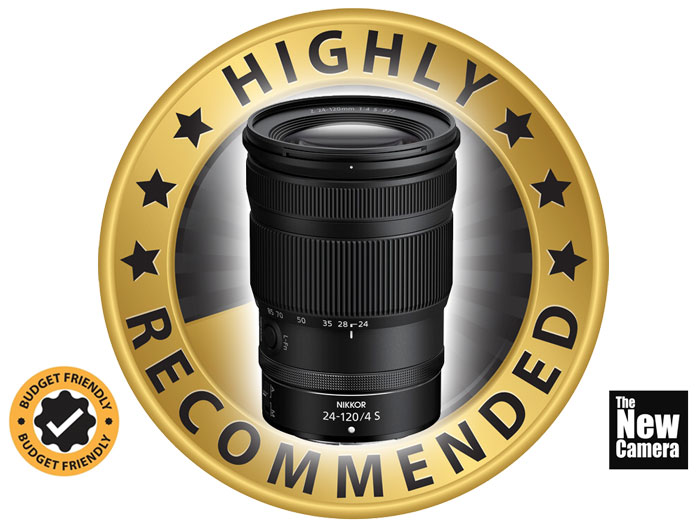
Get a Nikon 24-120mm Lens from Amazon.com | B&H Store
7. Nikon 24-120mm F4S Best Travel Zoom Lens
The Nikon 24-120mm F4 lens is a multipurpose zoom lens with a constant F4 aperture throughout the zoom range. It is highly recommended for daytime travelers or for those who want an all-rounder lens and mostly work in light, not in dark situations or at night time. This particular lens is highly usable as it covers a very broad range from 24-120mm and features an F4 aperture with a VR unit inside.
For those concerned about low light performance, or those who know they will be working mostly in uncontrolled light environments or they didn’t carry any professional lights with them all the time, in those very specific scenarios, it’s recommended to buy a bright aperture-based zoom lens if possible. For that, I would highly recommend the Tamron 28-75mm F2.8 lens. Otherwise, you may feel sometimes that the F4 aperture is blocking a lot of light, whereas an F2.8 lens will help you to capture a clear picture
Conclusion
| What we like | What we don’t |
|
|
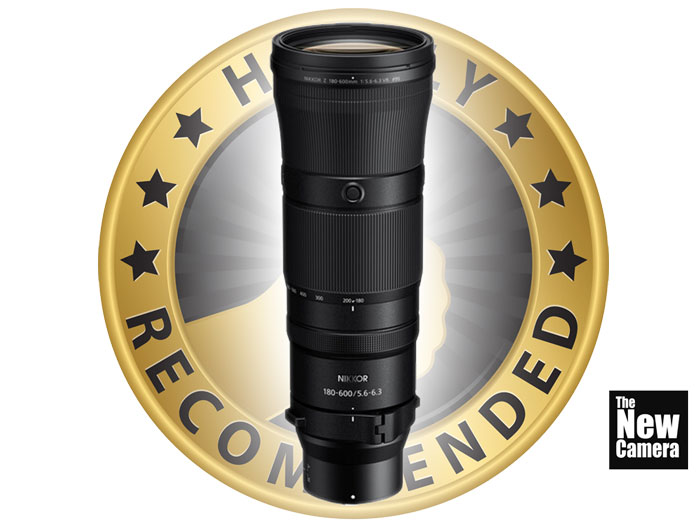
Get a Nikon 180-600mm Lens from Amazon.com | B&H Store
8. Best Wildlife and Sports – Nikon 180-600mm F5.6-6.3 VR
If you are interested in sports and wildlife photography and have a good budget, then I have a lens recommendation for you. The lens is the 180-600mm lens which covers a remarkable range. The lens construction is rock solid and weather-sealed, and it has different types of VR as well as programmable modes for its easy function during the shoot. The quality of optics used by Sigma Japan just amazing, capturing sharp images throughout the zoom range. When capturing at 600mm or 180mm, you will be surprised by the amount of detail present in the image, even when paired with a Z9 camera’s 45.7-megapixel sensor. The lens’s resolving capability is exceptional. This lens could be a great addition to your photography gear.
What users say about Nikon 180-600mm F5.6-6.3 VR
I finally got this lens that is replacing my Nikon 200-500 and, I have to say, it is superior in every way. It’s sharper, has interior movement, goes from 180 to 600 in a flick of the wrist, it’s water resistant and has a 4-button programmable ring. I use it on my Z9 camera-great combination. I could not be more pleased with it. It has noticeably upped my wildlife shooting game.
The Nikon Z 180-600mm f5.6-6.3 VR lens’s sharpness is phenomenal and delivers tack-sharp images across the full frame at all focal lengths. As I have said if budget allows this is the best lens you can buy for your Nikon Zf camera. The lens pairs beautifully with the Z TC-1.4x without any issues and boasts a speedy and dependable autofocus. The Lens handles color aberrations, coma, focus-breathing, and distortions with aplomb. Plus, it’s got effective optical image stabilization and produces a creamy bokeh. Weighing in at a relatively high 2kg and packed with features, this lens offers great value for its price. If you’re looking for a lens that delivers on performance, the Nikon Z 180-600mm f5.6-6.3 VR lens comes highly recommended!
Conclusion – 180-600mm Lens Highly Recommended for sports and wildlife shooters
| What we like | What we don’t |
|
|
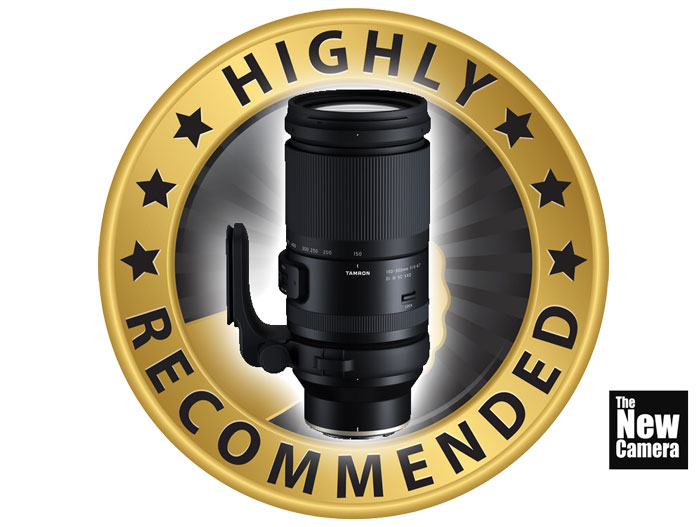
Get the Tamron 150-500mm Lens from Amazon.com | B&H Store
9. Tamron 150-500 F5-6.7 – Budget Alternative
See the budget alternative is only when you don’t have the budget to buy the 182600 MM lens. Otherwise, the 180 to 600 MM lens produces very sad images at the tele compared to 150 to 500 mm and the darkest part is Damron 150 to 500 mm has a slower aperture at 500 mm compared to the Nikon 182 800 MM lens whose maximum aperture goes up to 6
We recommend you to go with Nikon 180-600 mm and only if the budget does not allow then you go with the 150 to 500
Conclusion
- If you prioritize features and image quality and are willing to pay more for a longer reach and better low-light performance, the Nikon Z 180-600mm is the better choice.
- If you are on a budget and prefer a more compact and portable lens, the Tamron 150-500mm is a great option that still offers excellent image quality.
Get the Nikon Z 85mm F1.8 S Lens from Amazon.com | B&H Store
10. Nikon Z 85mm F1.8S
If you’re a professional portrait, fashion, or wedding photographer looking for the perfect portrait prime lens, then without a doubt, the 85mm F1.8 S is the best lens you can have for your Nikon Z camera.
This lens is a portrait lover’s dream. It’s highly recommended for portrait photography. Its wide f/1.8 aperture throws the background into dreamy softness, making your subject the star. Whether it’s a romantic candlelit dinner or a child’s infectious laughter, or ur capturing pre-wedding candids, capture those expressions with stunning detail and depth.
Low-Light Luminary: Don’t let darkness dim your creativity. The f/1.8 aperture gobbles up light, letting you shoot stunning photos in dimly lit cafes, concert halls, or even under the starry sky. Capture the mood, the emotion, and the beauty of those fleeting moments, even when the sun sets.
If your budget allows, you must have this lens for your Nikon Z camera. It’s the best portrait prime lens ever built by Nikon for its Z system mirrorless camera.
What users say about this lens
As I transitioned from DSLR (D850) to Z7 this lens replaced my 85 1.4G. Pleasantly surprised. Light, fast focus, and extremely sharp. Even if or when Nikon produces a 1.4 version, I wouldn’t upgrade.
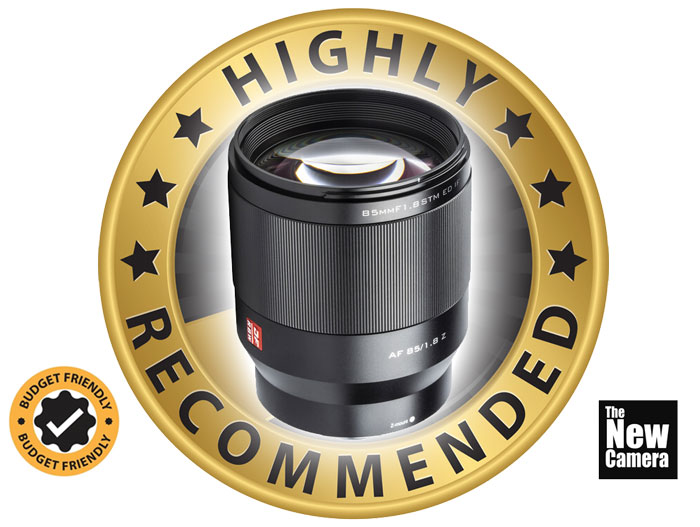
Get Viltrox 85mm F1.8 from Amazon.com | B&H Store
11. Viltrox 85mm F1.8: Budget alternative:
The construction is very solid, the focus ring is very comfortable and has a smooth action. The autofocus is very fast and silent. And the optical performance is excellent. Razor sharp at the center, even at maximum aperture. AF works perfectly. Eye AF works great no complaints. The focus ring is vary smooth. It came with the latest firmware installed. For the price, you can’t ask for anything more.
Nikon 85mm F1.8 OR Should you buy the more affordable Viltrox 85mm F1.8 Lens instead of Nikon 85mm F1.8, let’s find out
Conclusion
| What we like Nikon 85mm F1.8 |
What we don’t |
|
|
Budget alternative: Viltrox 85mm F1.8
Should you buy the more affordable Viltrox 85mm F1.8 Lens instead of the Nikon 85mm F1.8, let’s find out
| What we like | What we don’t |
|
|
Which one is better?
Picture this: you’re staring down two magical wands, each promising to conjure up dreamy portraits and captivating close-ups. One wand sings a budget-friendly tune, while the other whispers promises of pro-grade performance. So, which one unleashes your inner photography wizard?
The Viltrox: This wand is for budget-conscious photographers and cinematographers. It’s lighter, easier to sling on your back, and won’t break the bank. Its autofocus is quick as a wink, capturing fleeting moments like a charm. Sure, it might get a little cranky sometimes in dim light, and its build isn’t quite as tough as a dragon’s scales, but the photos it conjures are sharp and stunning. Think of it as your sidekick for budget-friendly street stories and travel escapades.
The Nikon: This Lens is made for the perfectionist who craves control. It’s built like a fortress, ready to weather any storm and keep your focus razor-sharp even in the deepest shadows. Its bokeh (that’s the fancy word for blurry backgrounds) is like a creamy dream, making your subject the star of the show. But be warned, this wand demands a hefty investment. Think of it as your ultimate ally for crafting flawless portraits and capturing fleeting moments with professional precision.
7 Best Lenses for Nikon Z8 (…and 3 to avoid)
Nikon ZF vs Nikon Z6 Mark II – 12 Major Differences

